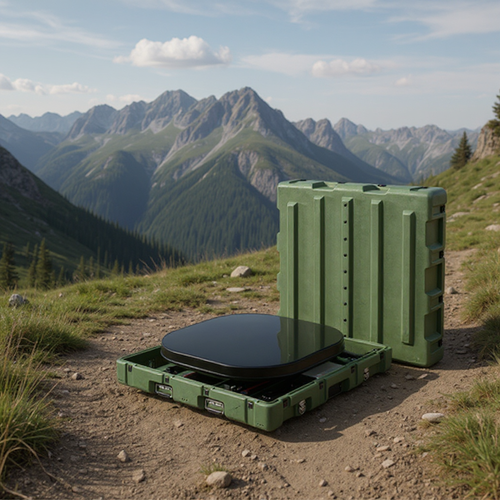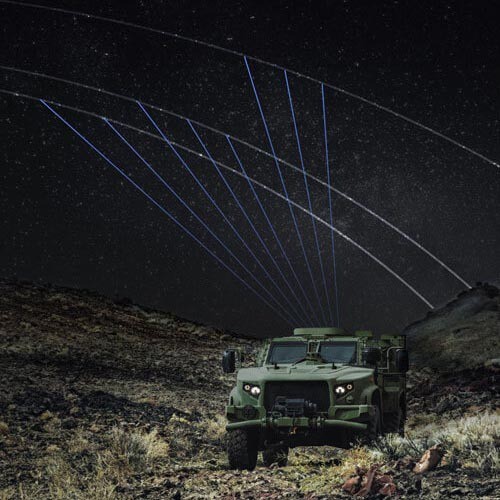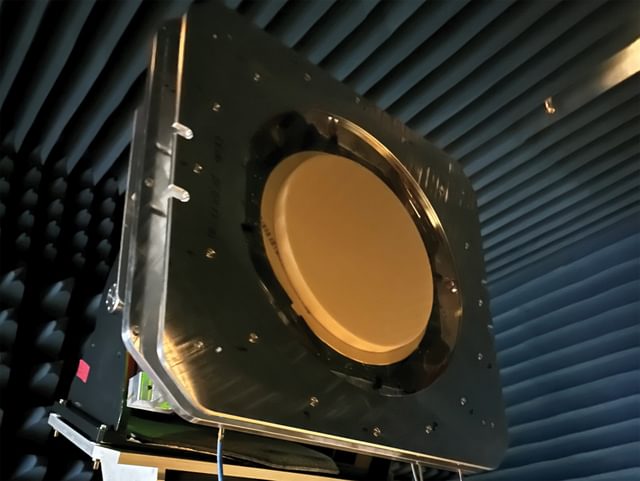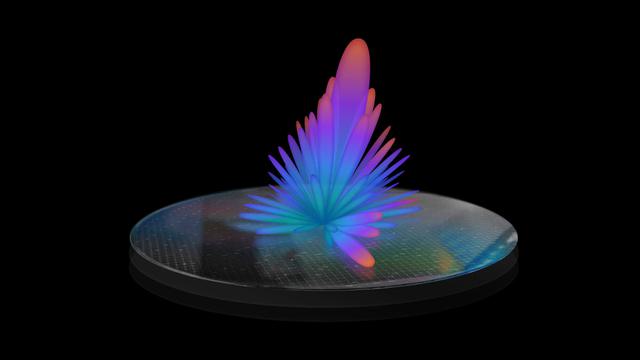Kymeta was recently featured in a report published in the IEEE Journal of Microwaves. The report reviews the current state of electronically steerable antennas for terrestrial and non-terrestrial communication systems and how they can support the rollout of 5G networks and how people and businesses reliably use 5G-powered services.
Within this piece, the potential benefits and limitations of the most relevant technologies are contrasted and put into context with recent system architectures for adaptive beamforming. Their operating principles, experimental implementation, and achievements providing advanced capabilities are discussed throughout. The authors placed emphasis on the review of direct radiating arrays, quasi-optical antenna configurations, and metasurface-based antennas as well.
The development and growth of 5G has transformed modern telecommunication systems and its impact on our day-to-day lives cannot be understated. The key drivers of 5G’s impact are rooted in the need for enhanced mobile broadband, ultra-reliable and low latency communications, and massive machine type communications, which are driving technological advancements across all segments of the network service ecosystem.
As 5G’s expansion is directly correlated with technological advancements in satellite and antenna technology, this paper presents an extensive overview of electronically steerable antennas for a plurality of point-to-point/- multipoint communication applications supporting 5G-powered services in the future. Subsequently, the current key technologies and components for realizing these reconfigurable antenna systems are reviewed highlighting their pros and cons in terms of integration, miniaturization, scalability, and RF performance.
In order to provide the reader with the latest technical advances in direct radiating arrays, various implementations of array elements as well as active antenna modules and systems were subject of this contribution, including Kymeta’s holographic antenna for Ku-band SatCom user terminals and metamaterials innovations.
Because holographic antennas with their subwavelength sized unit cells actually exacerbate the requirements on the integration of electronic components, significant efforts have also been devoted to the use of liquid crystals as a tunable dielectric. By leveraging flat panel display manufacturing techniques for high-volume production, Kymeta developed this LC-based holographic antenna for Ku-band SatCom user terminals. The radial aperture of the metasurface antenna consists of interleaved TX and RX elements which are specifically distributed to maintain full polarization control, but also to enhance the isolation between both communication directions while operating in full duplex.
To view the full paper, click here.




















